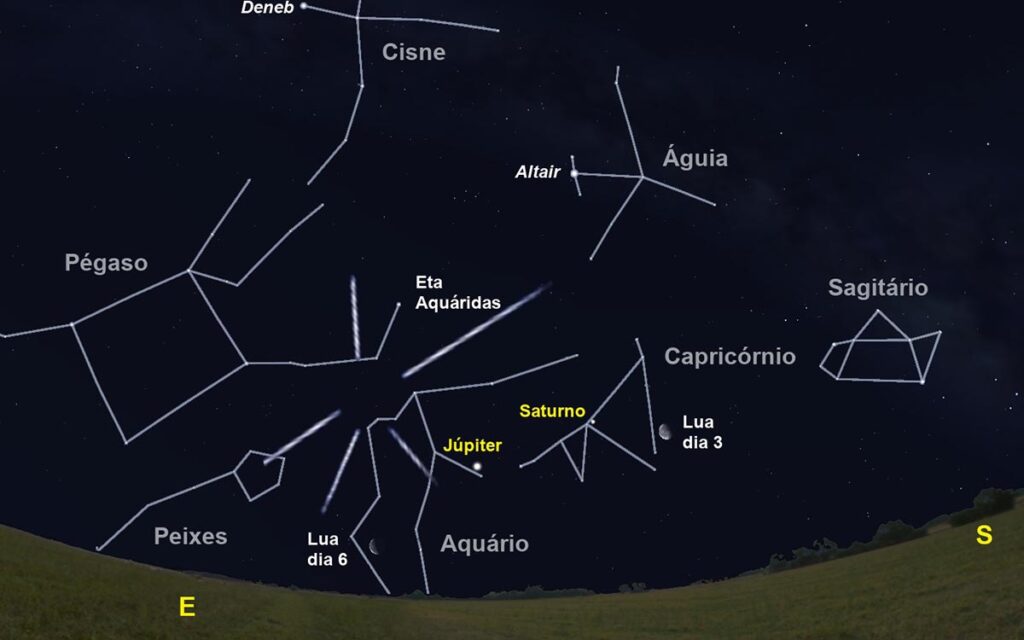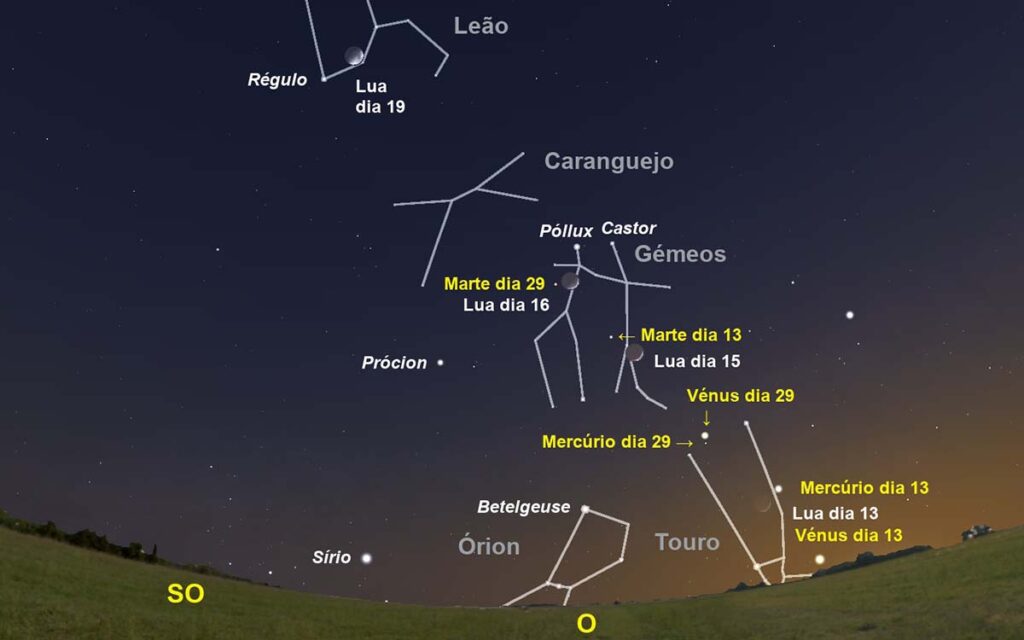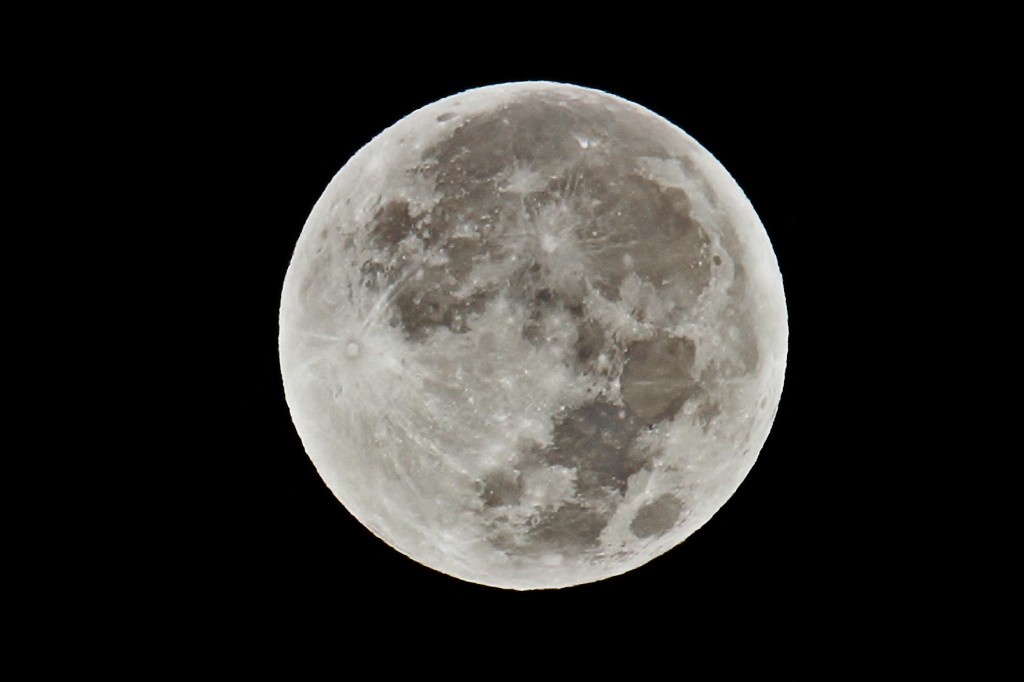The waning quarter signals the start of the third night of this month. Between dawn on this Monday and dawn on the 5th, we will see how the Moon will have moved from the right of the planet Saturn to be situated slightly below the planet Jupiter.
At this time of year, our planet once again crosses the trail of dust and small rocks that comet Halley has released along its path through the Solar System.
When they land on our planet, many of these small bodies will appear to us as stars that appear in the vicinity of the star Eta of the constellation Aquarius, hence we call this event a rain of stars Eta Aquarius. The peak of activity of this meteor shower will occur on the 6th.

Although at the height of activity, up to three dozen meteors per hour could be seen in our hemisphere, the presence of the waning quarter and increasingly ubiquitous sources of light pollution will dramatically reduce the number of objects we will ever see.
On the 11th, the New Moon will take place. A day later, we will see our natural satellite move alongside the planet Venus. After another day, the Moon will have reached Mercury. This last planet will reach its greatest elongation (distance from the Sun) to the east on the 17th.
Likewise, between the nights of the 15th and the 16th, we will see the Moon move from right to left of Mars, a planet that is currently located in the constellation Gemini.
In turn, in the early evening of the 19th, the crescent will take place next to the constellation Leo.

The Full Moon will occur at the end of the morning of the 26th. As it happens with a few hours of difference in relation to its arrival at the perigee (point of the orbit closest to Earth), it will be a full supermoon.
Also, because at this time the Moon is diametrically opposite the Sun, crossing with the terrestrial umbra (shadow region where the entire Sun is covered) will give rise to a total lunar eclipse. Unfortunately, given the time, this eclipse will not be observed in our country.
On the last Saturday of the month (the 29th), the conjugation (closest approximation) of the planets Mercury and Venus will take place at the tip of the horns of the constellation Taurus. At this point, the two planets will be just under half a degree (the width of the Moon) from each other.
Certainly there will be those who make a living imagining consequences for such events, but these have no further implications other than giving us a good excuse to observe the sky.
On the 31st, the Moon will again be seen alongside Saturn. But as, throughout the month, the Sun and these two stars moved across the sky, this ephemeris will no longer coincide with the waning quarter.
Good remarks!
Author Fernando JG Pinheiro (CITEUC and DF-FCTUC)





















Comments